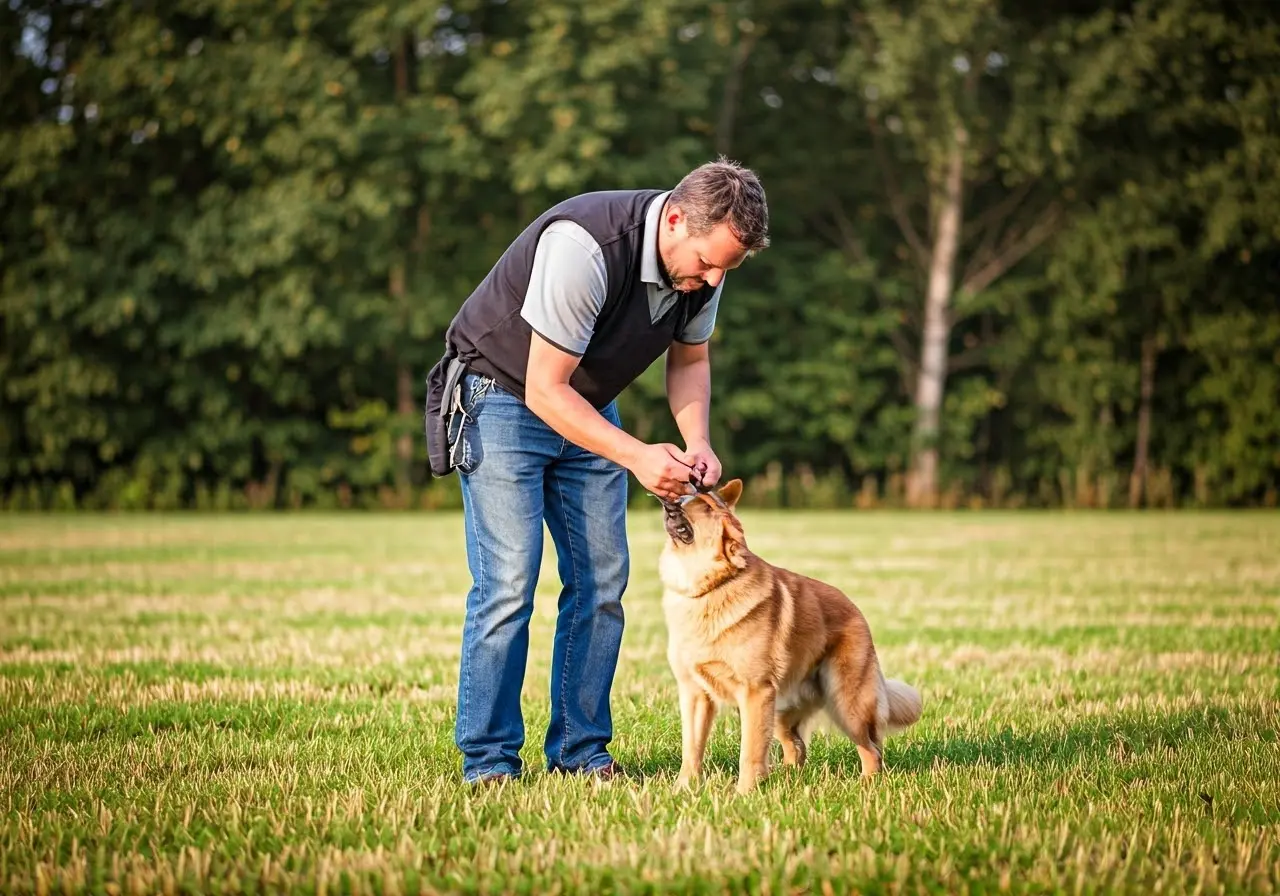Custom dog training sessions are tailored to fit the unique needs of your furry friend. These sessions can be highly effective in addressing specific behavioral issues and helping your pet become a well-behaved family member. In this blog, we’ll explore what you can anticipate from such a session.
Understanding Your Dog’s Unique Needs
Every dog is different, with their own temperament and challenges. Understanding what your dog needs is crucial for a successful training session.
Before embarking on a custom training journey, it’s essential to recognize that each dog has a distinctive personality, equally as vivid as our own. A professional trainer will help identify these nuances by observing your dog’s behavior, assessing previous experiences, and responding to any questions you might have about their training needs. This knowledge enables them to create a tailored approach that not only addresses existing issues but ensures a harmonious learning experience.
Your dog’s unique needs may revolve around certain traits inherent to their breed or personal experiences they’ve encountered. For example, a herding dog might require more mental stimulation, while a rescue dog may need techniques to build their confidence. Regardless, a team focused on your dog’s individuality provides the framework for effective learning and transformation into a better-behaved companion.
Choosing the Right Trainer
Selecting a certified and experienced trainer can make all the difference in achieving your training goals. Look for someone who aligns with your training philosophies.
Your choice of a dog trainer is pivotal. Consider looking for professionals affiliated with reputable organizations like the Association of Professional Dog Trainers or those highlighted in guides such as The Ultimate Guide to Choosing the Right Dog Training Home Visits Service. Credentials ensure that the trainer adheres to high ethical standards and employs effective training methods tailored to your dog’s unique needs.
Once you’ve shortlisted potential trainers, a direct conversation about their training philosophy and approach can make your choice clearer. Do they focus on positive reinforcement, which is crucial for building trust and encouraging desirable behavior? Compatibility in approach ensures that both you and your dog have a comfortable, productive partnership.
Additionally, consider seeking out testimonials from other dog owners who have had similar experiences. A trainer’s reputation often speaks volumes about their capability and credibility.
Setting Training Goals
Identifying specific goals or behaviors you want to address will help tailor the session effectively.
Setting clear and realistic training goals is a cornerstone of successful dog training. Whether you wish to focus on basic obedience or tackle more complex behaviors, having defined objectives allows for a tailored training session that meets your expectations. According to our guide, being straightforward about your training goals will allow trainers to align their strategies with your aspirations, ensuring a cohesive path toward improvement.
Remember, every training journey is unique, and setting initial goals provides direction. However, be open to adjusting these based on your dog’s pace and progress, as flexibility often yields the best outcomes.
The Structure of a Training Session
Custom training sessions often include initial assessments, hands-on training, and follow-up plans to ensure continued progress.
At the outset, expect a comprehensive assessment during which the trainer will gather information about your dog’s history, habits, and behaviors of concern. This initial assessment sets the stage for crafting a personalized plan of action. A structured approach often involves a combination of supervised practice with the trainer and implementing exercises at home, tailored to reinforce lessons learned during the session. An excellent approach to training is rooted in consistency and positive reinforcement, as noted in various professional programs.
Following the on-site interactions, follow-up plans are crucial to sustain progress over time. These plans may encompass detailed instructions for homework assignments and additional sessions, providing continuity and encouraging ongoing development.
Incorporating Feedback and Practice
Engaging actively with your trainer and practicing at home is key to reinforcing new behaviors.
The heart of solid training success is active participation from both owner and pet. Trainers will provide feedback at each step of the way, pointing out what’s working well and which areas need more focus. Incorporating this feedback into your regular home practice is essential for building steady habits, ensuring that training doesn’t stop when the session concludes. Being proactive in applying these techniques at home can significantly amplify your dog’s progress.
Regular practice helps your dog solidify new behaviors and develop an inherent understanding of expectations. Think of it as an investment into your dog’s future skills, as continuous reinforcement cements what they learn, leading to long-term behavioral improvements.
Final Thoughts on Custom Dog Training Sessions
In a custom dog training session, you can expect a personalized approach tailored to meet your dog’s unique needs. With the help of a professional trainer, these sessions can significantly enhance your dog’s behavior and strengthen the bond between you two. For more information on how we can assist you and your furry friend, visit our homepage.


